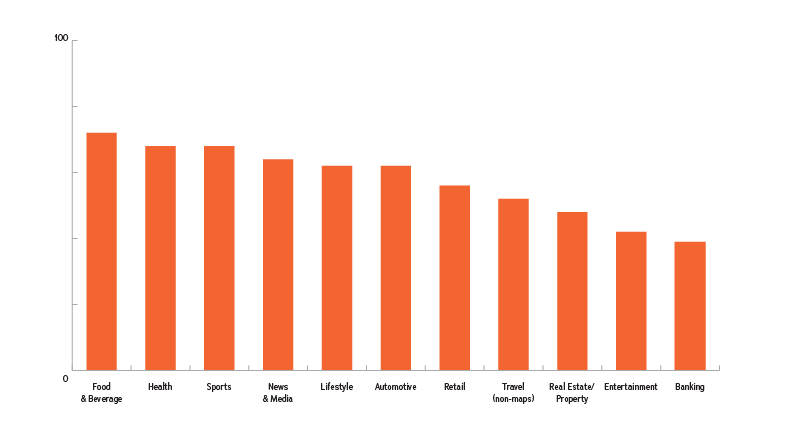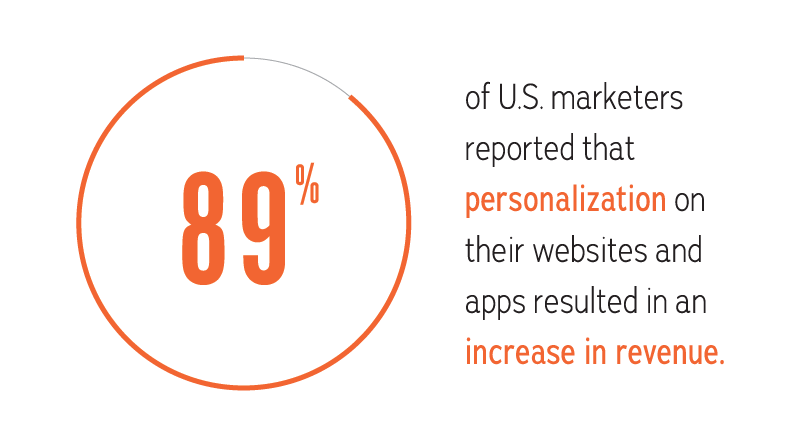Mobile web traffic, research, and shopping are increasing across all industries. All businesses are optimizing their websites to cater to this ever increasing if not dominant traffic source. While mobile optimization is vital to compete in today’s market, it’s important for businesses to understand how mobile devices are being used and at what point in the buying cycle. One of the most important statistics for any business is their online conversion rate, the percentage of shoppers who become purchasers.
Research suggests that while mobile is used more and more as a primary research and browsing tool, mobile conversion still lags behind desktop conversion. In other words, I’m still more likely to buy from my computer than from my phone, but the gap is closing.
Let’s shed a little more light on mobile shopping, where users are completing purchases, and to what degree.
Mobile accounts for the majority of searches
A recent report from Hitwise examined hundreds of millions of online search queries measured across multiple devices. For almost every major industry, mobile devices now account for a majority, or near majority, of online searches. When it comes to planning trips or big purchases, mobile tends to serve a larger role in answering consumers’ questions early on in the purchase journey, then declines somewhat as consumers move on to more intense research or conduct transactions.

Mobile searches are ending in more purchases than ever
Data from comScore’s M-Commerce Report shows that of the $109 billion spent online in Q4 2016, mobile accounts for $22.7 billion or 21% of total spending, which grew considerably from 17% a year ago and only 4% in 2010. Mobile spending grew every succeeding year.

But mobile conversion rates still lag way behind desktop
While mobile web traffic is now significantly higher compared to desktop usage, mobile conversion rates continue to lag behind. In a recent study by Monetate, data sampled from more than 2.5 million shopping sessions in the first quarter of 2017, surprisingly show that online shoppers using traditional (desktop) devices have more than triple the conversion rates of those on smartphones.
It seems that screen size does affect conversion, and there is still some ground to cover for the mobile shopping experience. Simplifying forms, auto-filling data, streamlining payment methods will all continue to change this paradigm. Online shoppers are increasingly using smartphones for browsing and purchasing, but it’s important for retailers and businesses to understand the effectiveness of these platforms as they analyze their website traffic.

Revenue per visitor is more than double on desktop vs. mobile
In another recent study by Qubit, mobile commerce has also been found to lag behind desktop when it comes to discoverability, conversion, and revenue. Qubit analyzed data across 35 fashion and cosmetics brands since January 2017, and saw traffic to each channel is about the same: 45.87% on desktop vs 44.7% on mobile. Revenue per visitor (RPV) is more than double on desktop: $8.01 on desktop vs. $3.49 on mobile. The average number of products viewed per customer is far higher on desktop: 17.99 on desktop vs. 13.65 on mobile.
Personalization is key
To shape the next generation of mobile experiences and close the gap with desktop conversions, businesses need to track consumer behaviors and tailor user experience. As you build your Buyer Journeys, consider where in the process it is most important to reach, re-engage, and convert buyers on mobile. Understanding the buying cycle and how different platforms best fit those stages will streamline the process. Determining where and how customers need information will help us build personalized and relevant user experiences that allow brands to meet, and even surpass, consumer expectations, boosting profits.

According to Google, eighty-nine percent of U.S. marketers reported that personalization on their websites or apps resulted in an increase in revenue. Have you considered how personalization can improve your users’ mobile experience? We’re here to help.






